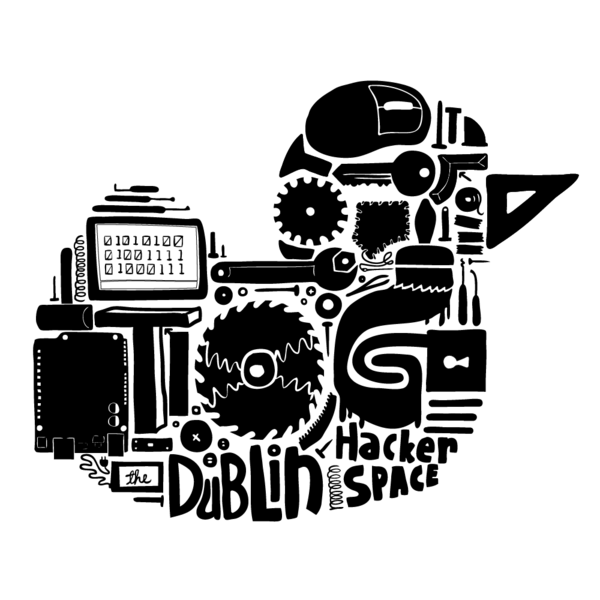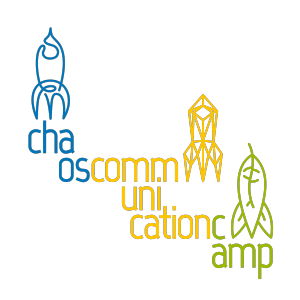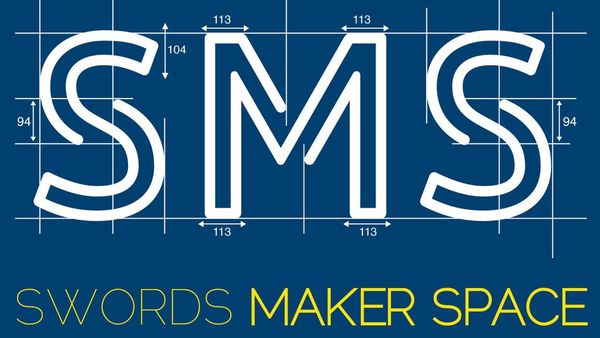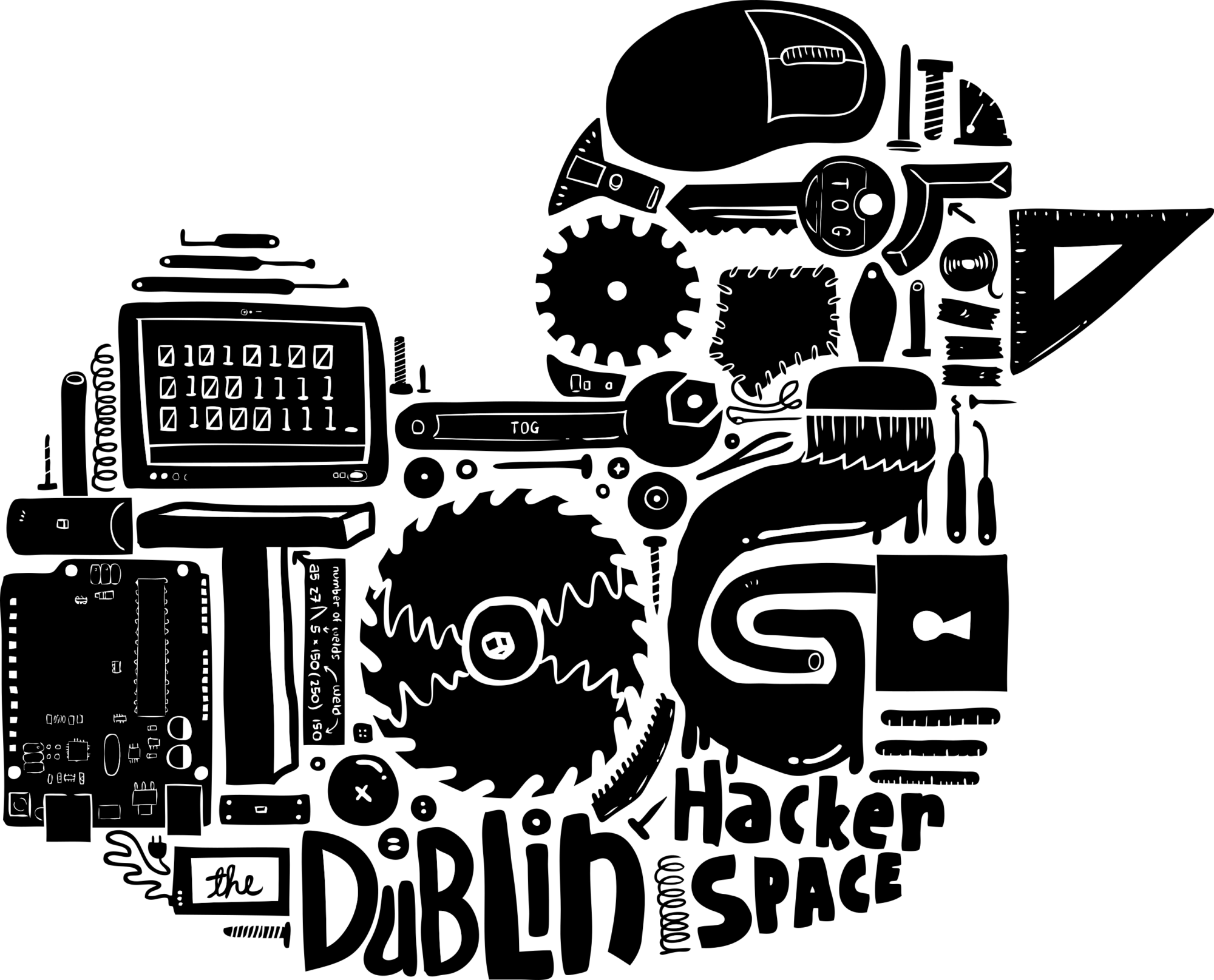Have you ever had a design that you think others might like? Unsure how to go from a breadboard to selling online? This panel discussion will have a number of makers who are have sold their creations online. The discussion will focus on kits and projects predominantly designed for the maker movement/education market.
Continue reading “Startup Week: Selling DIY Electronic Creations”Tog Activities in September
Dublin Culture Night: This year’s Culture Night happens on Friday 20th September and Tog will be open to allcomers from 6 pm to 11 pm. We’ll be showing off our 3D printers, the laser cutter, the CNC, and whatever else is in the workshop. Seb will be showing what the Wave Hackers get up to, there will be lock picking and electronics projects demonstrations and tours of the space.
Sustainability Hackathon. For European Sustainability Week (14th to 28th September, sustainability means it lasts longer), TOG is hosting a free community hackathon on Saturday 21st September. Feel free to work on any projects you want, but try and have a sustainability theme. Repair something that is broken instead of throwing it out or make use of recycled materials. Feel free to stay around for our social evening. Bring a project and your laptop. Starts at 10 am, runs until the Open Social starts.
Electronics and Micro Controller Night: every other Monday aspiring and inspiring electronics wizards come together to create amazing things with LEDs, single-board microcontrollers, Arduinos, Raspberry Pi’s (well what IS the plural, then?) and other electronic gear. We have a room full of components and parts for beginners and experts alike, and there is a wealth of expertise available. This month we’re open Monday 9th and Monday 23rd September, 7 pm to 9 pm. Please bring your own laptop, we don’t have a supply.

CAD Night: Bring a project for the 3D printing machine (Prusa Mk 3) or our Lasersaur laser cutter, Krzysztof and Louise will show you how to solidify your ideas in plastic. Or wood. Every other Wednesday, September 4th, September 18th, from 7 pm to 9 pm, bring your own laptop.
Open Social: The Open Social is when we throw open our doors to anyone who wants to check out where these wonderful projects happen. This month’s event will be on Saturday 21st September, for members and non-members alike. Bring food or drink to share, or try our famous pizzas as baked in the equally famous pizza oven, weather permitting. From 7 pm onwards, until the last person leaves.
Craft Night: We have a profusion of materials and machines to cater for crafters and makers from novice to expert. Try your hand at embroidery, knitting, sewing, screen printing, woodwork, crochet, whatever takes your fancy. Our newest acquisition is a leather sewing machine – that’s a machine for sewing leather – which should be up and running soon. Same night as CAD night, Wednesday September 4th and September 18th, 7 pm to 9 pm.
Lock Picking: Conor runs Lock Picking night, in which he demonstrates how to open a bewildering variety of padlocks, handcuffs, practice locks, bicycle locks, even the occasional car clamp – and passes these skills on for free. If you’re wondering how you’re going to free your bike when you’ve dropped the keys down the drain, come along. Mondays, on the 2nd, 16th and 30th September, from 7 to 9 pm.
Coding: This runs on the same night as Lock Picking. If you’re looking for a space to work on your side project, bring your laptop and plug it in. We supply wifi and (some) expertise. Monday 2nd, 16th, 30th September, from 7 to 9 pm.
Wikipedia Editing: Rebecca will show you how to edit the world’s biggest collaborative venture, the Wikipedia. Bring a laptop and add share your knowledge with the world, for pizza and the joy of knowledge. Last Wednesday of the month, 25th September.
The Science Fiction Book Club: We are all interested in the Future, and every month the Science Fiction Book Club argues about what we are going to read next. But before that, we argue about what we have already read, and this month we are reading Drone State by Tom Hillenbrand. Cake is available.
Team Bodge: Most Wednesday afternoons Team Bodge assemble to disassemble, prod, poke, and sometimes coax back to life all manner of electronic gear picked up at car boot sales or found in the attic. Bring along your non-working electronics and marvel as James, Brendan and Krzysztof restore them to working electronics. Members only, usually from 3.30 pm onwards, watch the mailing list for times and dates.
Culture Night 2019 @ Tog

Once again TOG will be taking part in Culture Night this year on Friday 20th September. Our doors will be open from 18:00 to 23:00. https://culturenight.ie/event/tog-hackerspace/
We are part of the Liberties And Historic Quarter. Drop in and see us.
Tog will be demoing their fabrication equipment, such as 3D Printers, Laser Cutters, and CNC’s. Learn how Wave Hackers create music, or try your hand at lock picking or electronics projects. Tog tries to encapsulate all of the maker movement, with its many different facets.
Time: 6pm – 11pm
Genres: Arts and Crafts / Music / Tour / Visual Art
Tog @ CCC Camp

Every four years, hackers from all over the world gather in Germany for CCC Camp. A 5 day event filled with talks, workshops, art and of course lots of LEDs. It runs from the 21st of August until the 25th. With 5,000 people attending a lot of fun will be had.
A group from Ireland have made their way to this camp and setup an Irish Embassy.
Tog @ Dublin Comic Con

DCC is a pop-culture/fandom event ideal as a family day out or a fan nerd out! Covering everything from movies/tv shows to comics, cosplay and gaming! Whether you are coming to find rare collectables, meet some Hollywood actors and local artists, have your portfolio reviews by industry professionals or simply cosplay..we will have something to keep you entertained.
Taking place on the 10th/11th of August in the Dublin Convention Centre.
We will be showcasing a range of projects and activities including mould making, casting, wearables electronics and laser cut models.
Tickets for this event can be found at https://www.dublincomiccon.com/
Makerspace Forming in Swords

Swords is a large town in north county Dublin with over 42,000 people calling it home. A group has come together to get a makerspace off the ground to serve the area. – Swords Makerspace (SMS)
To learn more and get involved, head over to their meetup page. They are starting off with weekly coding sessions that are open to all on Thursday nights. We wish them well in building a makerspace for their community.

